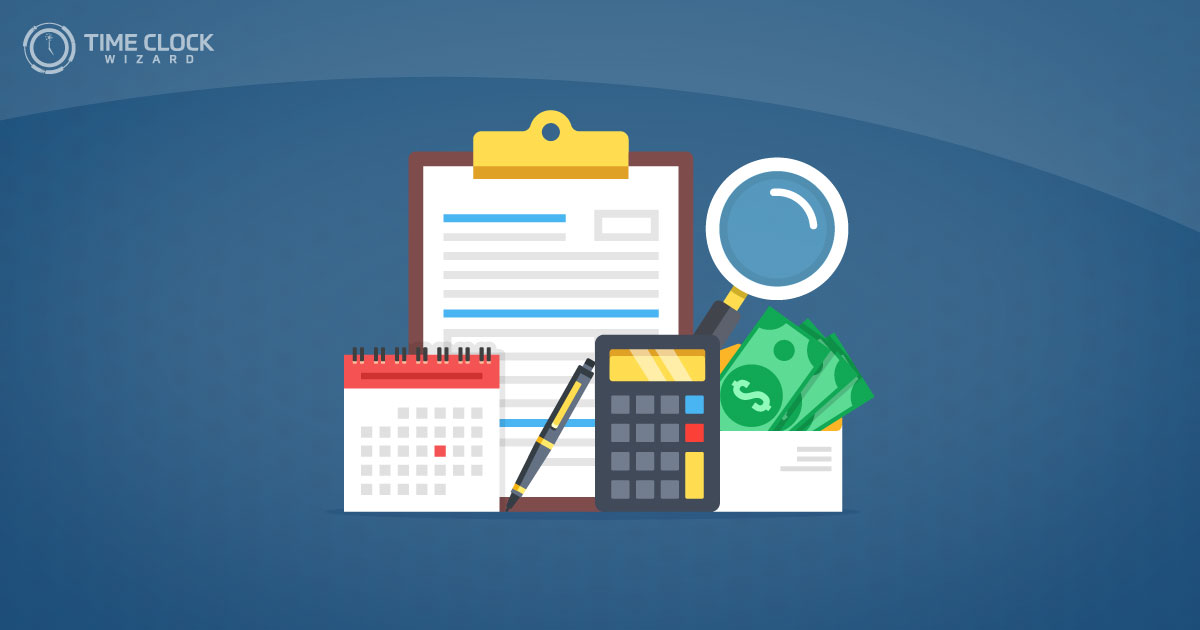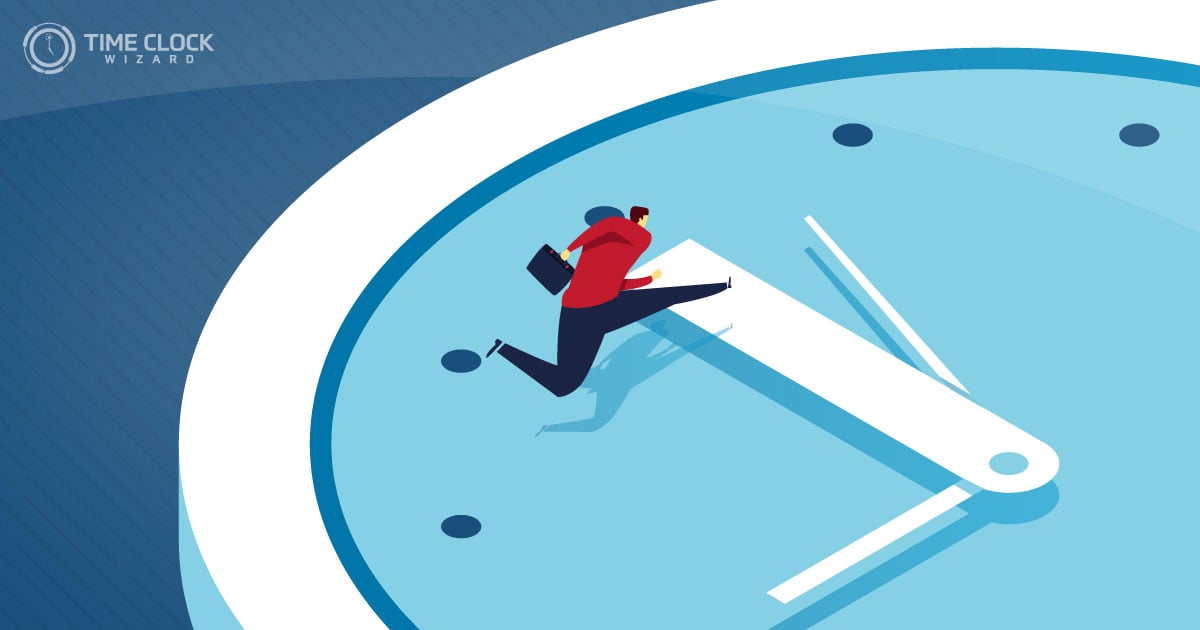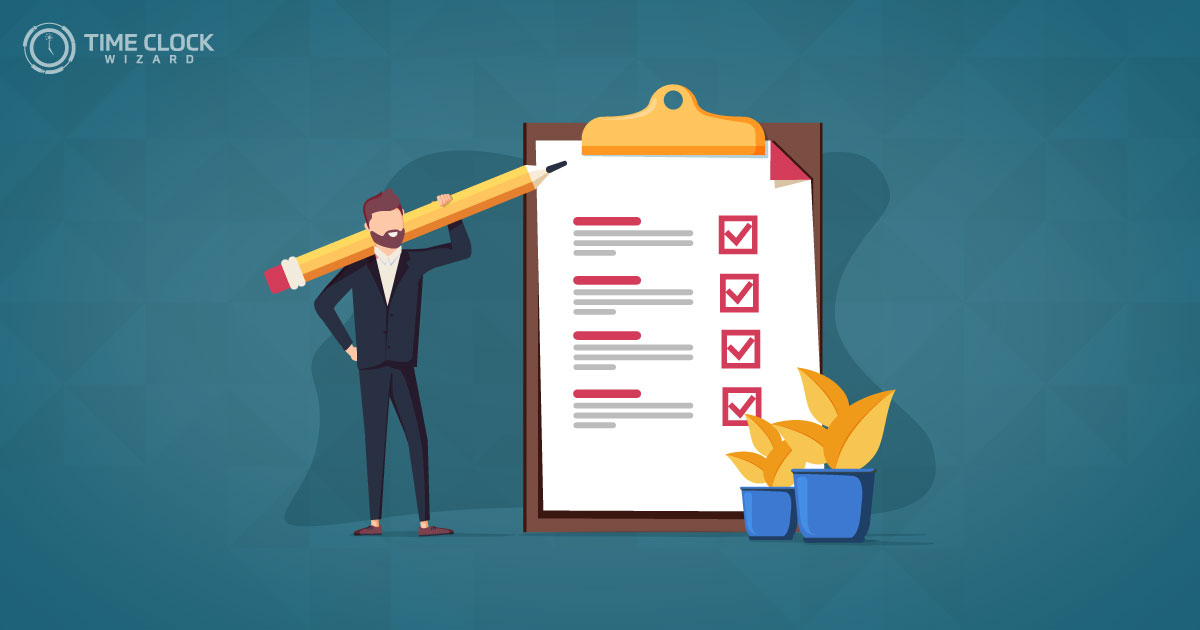
Navigating the early days of a new job can be tricky, not just for the new employees but also for the employers. That’s why understanding the New Hire Probationary Period is crucial. But what exactly does this period entail, and how can you make the most of it to ensure a smooth transition for your newcomers?
Whether you’re a seasoned HR professional or a first-time manager, getting the probationary period right can set the tone for a fruitful and lasting employment relationship. This guide is packed with essential policies and helpful suggestions to make the most out of this critical time. We’ll delve into the best practices for monitoring performance, providing feedback, and making those vital decisions about the employee’s future in your organization. Ready to get started?
Understanding the New Hire Probationary Period
The New Hire Probationary Period is a crucial phase for both the employer and the new employee. It’s typically seen as a mutual trial period that allows both parties to assess compatibility and performance before finalizing the employment agreement. But what exactly should both parties expect during this time?
This period usually spans from three to six months and includes specific objectives and milestones set out from the start. Isn’t it essential to know where you stand from day one? Absolutely, and that’s exactly why clear guidelines and structured support systems are pivotal during this phase.
- Introduction to company culture
- Understanding of role-specific duties
- Performance evaluations
Successful integration during the probation period relies heavily on transparent communication. Regular meetings and open dialogue between the new employee and their manager help to clarify expectations, provide feedback, and address any concerns promptly. Remember, the goal is to forge a path that leads to full-time employment that benefits both the employee and the company.
Key Takeaway
Understanding the structure and expectations of the New Hire Probationary Period can significantly enhance the success rate of new employee integration. By prioritizing clear objectives, regular feedback, and open communication, companies can optimize the probation period to foster a positive and productive work environment.

Key Policies for Effective Probationary Periods
When introducing a new hire probationary period, having well-structured policies in place is crucial. Why? Because they set the stage for both employer and employee expectations, ensuring everyone is on the same page from day one. 📄
A vital element of these policies is clarity. Clear policies eliminate confusion and help new employees understand what is expected of them during the probationary period. Are goals clearly outlined? Is there a specified procedure for addressing performance issues? Keeping these questions in mind is key to creating effective probationary periods.
Moreover, including a detailed schedule for regular performance reviews within your policies can significantly enhance the effectiveness of the probation period. These reviews provide necessary feedback and assist in adjusting roles to better fit the employee’s skills and company’s needs.
- Include explicit guidelines on daily responsibilities and job expectations
- Set regular intervals for feedback and performance reviews
- Outline the possible outcomes post-probation, whether it’s continuation, additional training, or other forms of progression
What more could these policies include to support both the organization and its new team members? Always remember, well-defined and thoughtful policies are the backbone of any successful new hire probationary period.
How to Set Clear Objectives During Probation
Setting clear objectives during a new hire’s probationary period is pivotal for both the employee and the organization. Why? Well, it simplifies expectations and provides a roadmap that guides new employees towards success.
Let’s start with the basics: clearly defined objectives should align with the company’s goals and should be achievable within the probation timeline. This alignment ensures that the employee understands their role’s impact in the larger scheme of things and feels integrated into the company’s mission. How might you go about setting these objectives? It involves collaboration and clear communication.🚀
- Begin with a formal meeting to discuss the company goals, team dynamics, and how the new role contributes to both.
- Set specific, measurable, attainable, relevant, and time-bound (SMART) objectives.
- Use these objectives as benchmarks for progress and as discussion points during regular feedback sessions.
It’s crucial to remember that these objectives should not just be challenging but also fair. They should encourage growth while being realistically achievable within the probation period. What’s equally important? Flexibility – as you learn more about the employee’s strengths and areas for improvement, adjustments to these objectives might be necessary to keep them relevant and motivating. Keep the dialogue open and constructive to facilitate a smooth adjustment for both parties involved.
Key Takeaway
By setting clear, attainable goals, you not only promote a highly productive probationary period but also boost morale and pave the way for a potentially long-term, successful engagement. Isn’t that a win-win situation for everyone involved?

Regular Feedback: Essential for Probation Success
Efficiently managing a new hire’s probationary period often hinges on the regular feedback provided by supervisors. Why is this feedback so crucial, you ask? Well, it enables employees to understand where they excel and where there is room for improvement, ensuring they align their efforts with the organization’s goals.
Regular feedback should be specific, actionable, and consistent. For example, instead of giving vague comments like ‘good job,’ illustrate what specifically was done well, such as ‘Your detailed analysis on the recent project brought valuable insights that helped in strategic decision-making.’ This clarity helps the new hire understand and replicate successful actions.
- Offer feedback at regular intervals, not just at the end of the probationary period.
- Use a mixture of formal reviews and informal check-ins to maintain open lines of communication.
- Encourage a two-way feedback loop, allowing the new hire to share their thoughts and concerns.
Remember, feedback during this period shouldn’t be a one-way street. Encouraging new hires to share their own feedback can uncover insights that might improve processes or highlight areas needing extra support. Have you considered how incorporating regular feedback could transform the probation experience in your workplace?
Common Challenges During the Probation Period
Embarking on the New Hire Probationary Period can be a thrilling yet daunting time for both employees and managers. It’s a period riddled with opportunities and challenges, where the right guidance is crucial for a successful outcome.
Navigating Common Setbacks
What are some of the hurdles that new hires commonly face during this critical time? First, adapting to a new company culture can be overwhelming. Feeling like an outsider or struggling to understand unspoken norms are frequent issues. Moreover, grasping complex job roles or expectations presents another significant challenge. Are you providing enough resources to help them assimilate and flourish?
Communication gaps often exacerbate these early struggles. New hires might hesitate to ask questions or seek clarity, fearing it may reflect poorly on their capabilities. Similarly, existing team members may be slow to offer support, leading to feelings of isolation or neglect among newcomers.
- Ensuring regular and constructive feedback sessions
- Facilitating introductions and team bonding activities
- Setting clear, achievable goals right from the start
Remember, overcoming these challenges is pivotal for not only retaining talent but also for the long-term success of your team and organization. How are you adjusting your onboarding processes to tackle these issues effectively?
Common Questions
What does a probationary period mean for a new job?
A probationary period in the context of a new job is a specific time frame at the beginning of employment during which the employer evaluates the employee’s performance, suitability for the position, and fit within the company culture. This period is used to assess whether the employee will be able to meet the organization’s standards and expectations before offering them a permanent status. During this time, both the employer and the employee have the opportunity to determine if the employment relationship should continue long-term.
What is the probation period for starting a new job?
The probation period for starting a new job can vary from one organization to another and may also depend on the job level or industry. Typically, the probationary period ranges from 3 to 6 months. During this time, the employer assesses the employee’s abilities, performance, and suitability for the position. Both parties can use this period to evaluate the employment arrangement to ensure it is mutually beneficial.
What is the most common probationary period for a new employee?
The most common probationary period for a new employee generally spans from 3 to 6 months. This timeframe allows sufficient opportunity for the employer to evaluate the new hire’s work, adaptability, and overall fit within the organization. Some jobs might have shorter probation periods, like 1 to 2 months, especially in cases where quick adaptation is expected or it is easy to evaluate the employee’s contributions early on. In some sectors, such as government or public positions, probation periods can extend up to a year.
Best Practices for Concluding the Probation Period
Wrapping up the New Hire Probationary Period demands a structured approach to ensure both the employee and the organization benefit from the initial months of employment. But what are the best practices for concluding this critical interval?
Conduct a Comprehensive Review Meeting
One of the best ways to end the probation period is by conducting a thorough review meeting. This should be a detailed discussion about the new hire’s performance, achievements, and areas needing improvement. It’s crucial to provide specific examples and evidence to support your evaluations. This meeting provides closure and clarity, setting the tone for the employee’s future at the company. Have you prepared a checklist of topics to cover for this meeting?
Decide on Employment Status
The end of the probation period is a decision point. Based on the insights gathered during the probation, decide whether to offer permanent employment, extend the probationary period, or part ways. This decision should be based on clear criteria established at the start of the probationary period. Transparent communication during this process is vital to maintain trust and professionalism.
Plan onboarding completion and further development
If the decision is to continue with the employee, it’s important to smoothly transition from probationary status to full employment. This includes completing any remaining onboarding processes and discussing ongoing development opportunities. How can you support your new employee’s growth beyond the probation? Setting up a development plan can be a great start.
Final Thoughts: Guide to New Hire Probationary Period
As we wrap up our comprehensive guide on the New Hire Probationary Period, it’s crucial for employers to recognize the immense value of a well-structured probationary phase. This initial period isn’t just about evaluation—it’s a golden opportunity to set the tone for a productive and harmonious workplace relationship. Have you identified which policies will work best for your organization yet?
Implementing the strategies discussed can help you build a strong foundation with your new hires. Regular feedback, clear objectives, and understanding the common challenges can transform this early stage into a springboard for long-term success 🚀. Remember, the goal isn’t just to assess but to integrate, motivate, and retain your new team members. Are you ready to enhance your probationary practices and pave the way for a thriving work environment?





